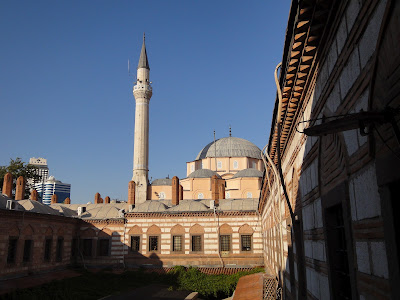The island of Gokceada, the biggest of all Turkey's Aegean islands, is located west off the port of Kabatepe on Gelibolu Peninsula, and about two hours away by ferry from Turkey's mainlands. There are regular scheuled ferries to Gokceada from Kabatepe throughout the year, although the sailings in winter are much less frequent (only three times a week) and are often hampered by rough seas. During the summer months from May to September, there are several sailings per day from Kabatepe, which enable tourists from mainland Turkey to visit this unique Aegean island where ethnic Greeks and Turks still live together side by side in the same settlements.

The best time to visit the island is actually in May-June, as the weather is sunny and pleasant, not as scorching hot as it often is during the summer months. Gokceada has some of the best beaches one could find in Turkey, with virtually no crowd, lots of natural white sands, and an abundance of nature and wildlife seen only on this island. For those arriving from Istanbul or Izmir by bus, get off at the harbour of Eceabat and wait for the mini-buses (see photo below) at the fountain next to the local tea house. The mini-buses, whose departure time from Eceabat is coordinated with the sailing schedule of the passenger and car ferry from Kabatepe to Gokceada, would take you virtually straight to the ferry waiting in the harbour of Kabatepe.

Gokceada, also known by its Greek name of Imbros, has been on my list of 'must-see' places in Turkey because it is a place of great historical significance, at least for someone like me who is interested in the history of Greco-Turkish relations in the 20th century. Gokceada, alongside its smaller sister island of Bozcaada (Tenedos) and the province of Thrace, are among the few places within the boundary of modern Turkey whose ethnic Greek inhabitants were exempted from the compulsory popuation exchange that affected more than one million people in the aftermath of Greece's defeat in the Greco-Turkish War of 1919-1922.




































